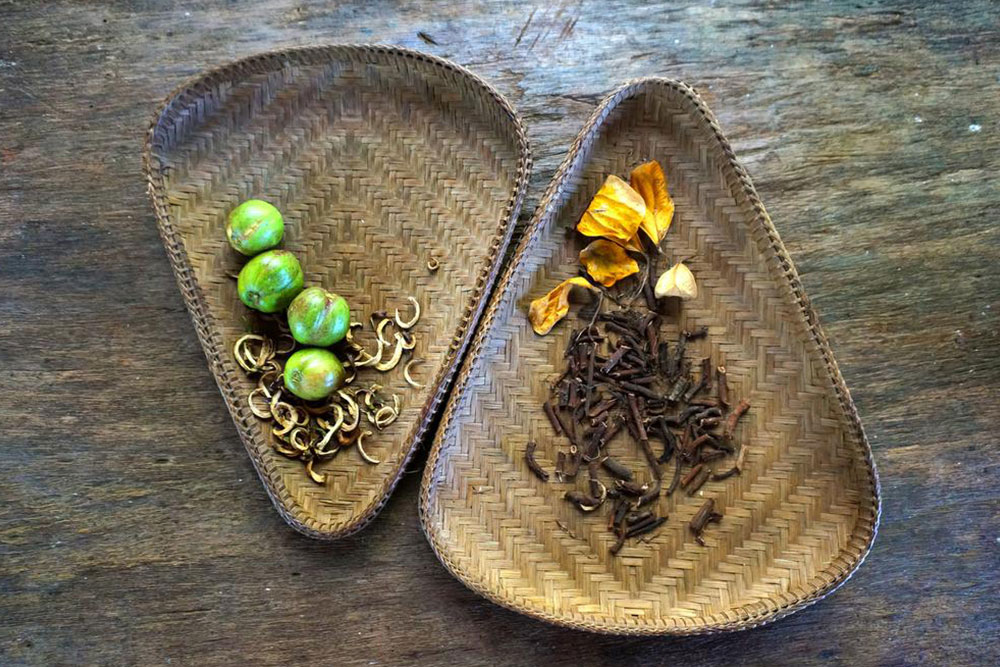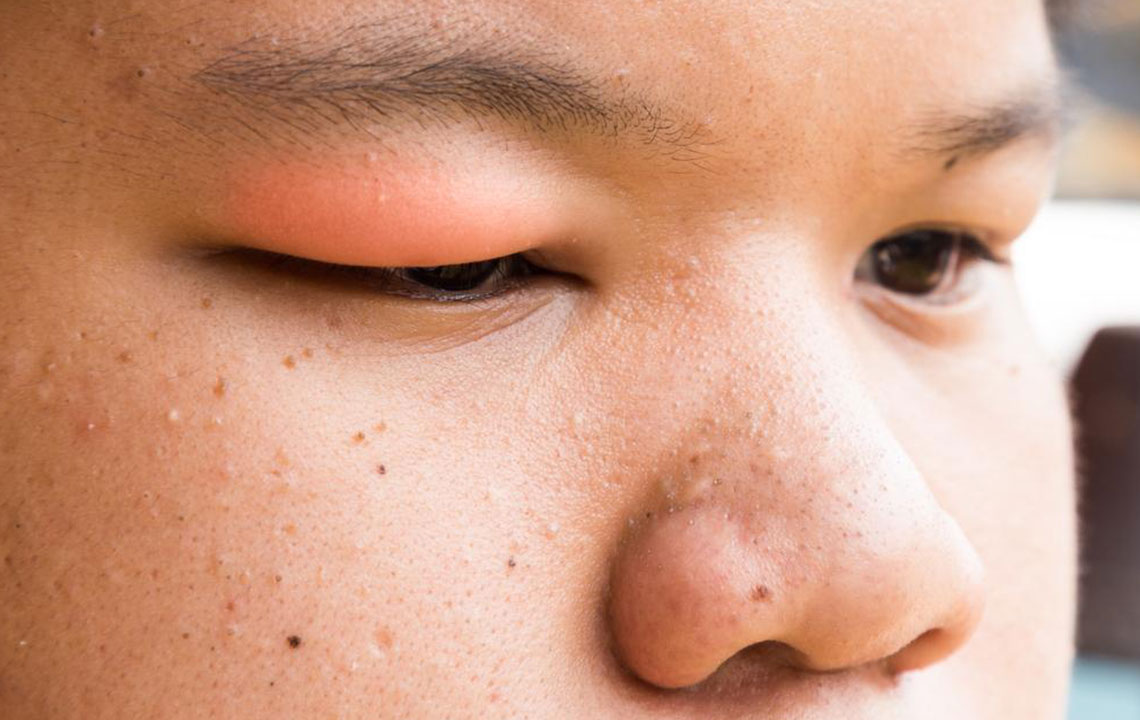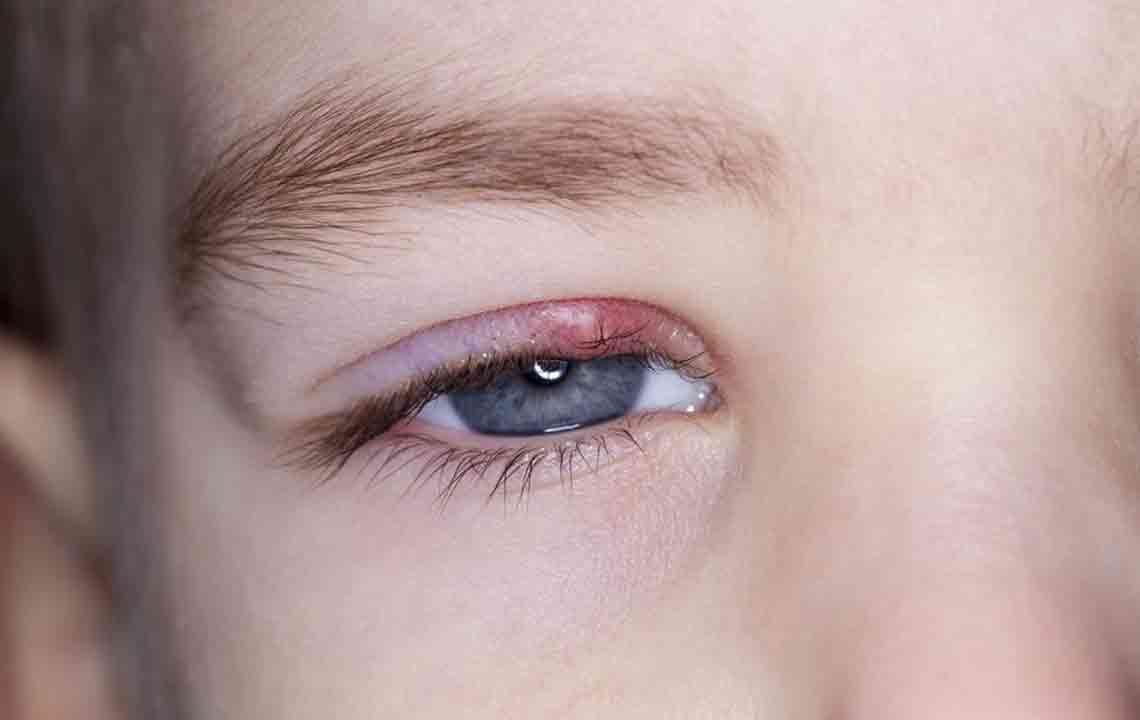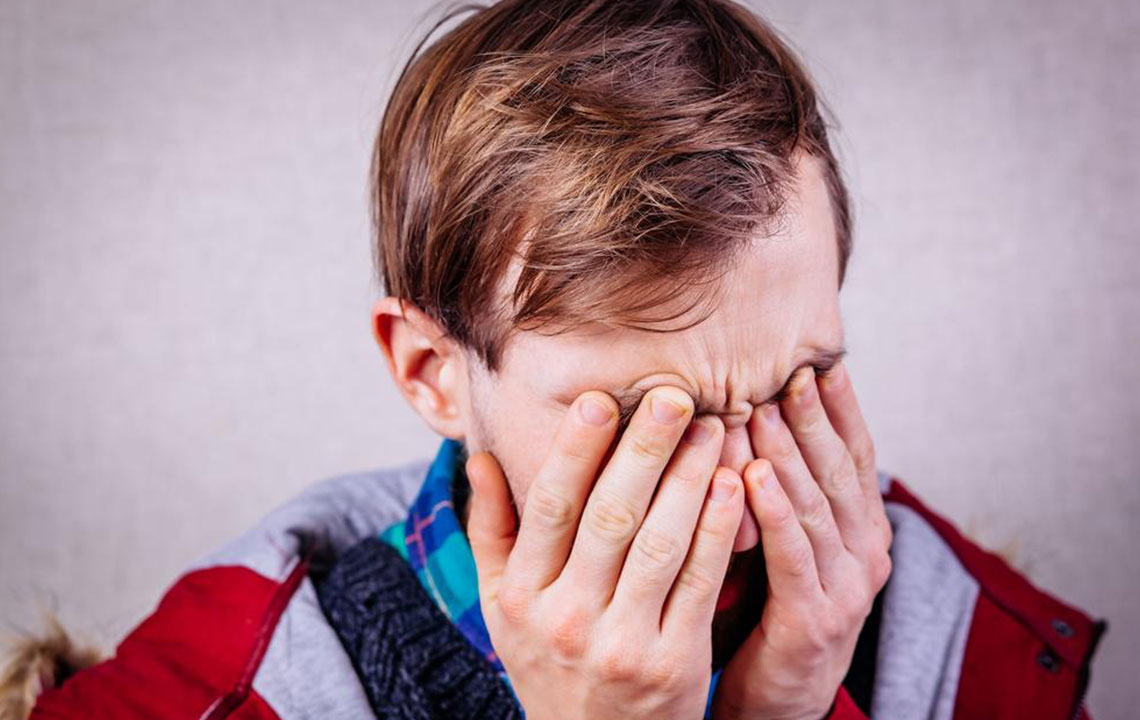Proven Methods for Rapid Healing of Eye Styes: Effective Treatments and Tips
Discover comprehensive, proven strategies to heal a stye quickly, including home remedies like warm compresses, eyelid hygiene, and professional treatments. Learn how to effectively manage symptoms, prevent recurrence, and when to seek medical care. This article provides detailed tips for natural relief and safe healing, ensuring comfort and eye health.

Proven Methods for Rapid Healing of Eye Styes: Effective Treatments and Tips
A stye, medically called hordeolum, manifests as a small, reddish bump that appears along the edge of the eyelid. It is a common eye condition that can cause discomfort, swelling, and irritation. Most individuals encounter a stye at least once in their lifetime, making it a familiar but annoying ailment. Despite its benign nature, knowing how to treat and speed up recovery from a stye is essential to minimize discomfort and prevent complication.
Styes develop because of blocked oil glands within the eyelid margin. This obstruction is often caused by bacterial invasion, debris accumulation, or poor eyelid hygiene. When these glands are blocked, bacteria proliferate within the trapped oil, leading to inflammation, redness, swelling, and sometimes pain. Although many styes tend to resolve naturally within a few days, proper home remedies and effective care can significantly speed up the healing process and reduce the duration of symptoms.
Understanding practical treatment options and preventive measures can empower those affected to manage their styes better. Here, we explore a comprehensive list of proven remedies and practical tips to promote swift recovery and minimize recurrence:
Warm Compress Therapy
Applying a warm compress remains one of the most effective and widely recommended treatments for a stye. The warmth helps to soften the pus and oil within the gland, facilitating drainage and reducing swelling. To perform this, dip a clean, soft cloth or sterile cloth pad in warm water, wring out excess moisture, and gently place it over the closed eyelid. Keep the compress in place for 5-10 minutes. Repeat this process 3-4 times daily to stimulate drainage and promote healing.
Eyelid Hygiene and Care
Maintaining eyelid cleanliness is crucial both during active infection and for prevention. Use a mild, tear-free baby shampoo diluted with warm water and apply with a cotton swab or soft cloth to gently cleanse the eyelid margin. This routine helps remove excess oil, debris, and bacteria that can contribute to blockage. Saline solutions or specialized eyelid cleansers are also effective for gentle cleaning, helping reduce bacterial load and inflammation.
Warm Tea Bag Compresses
Utilizing warm tea bags, particularly black tea, provides antibacterial properties coupled with soothing warmth. Steep a black tea bag in boiling water, then allow it to cool to a comfortable temperature. Place the warm tea bag gently against the closed eyelid for 5-10 minutes. The tannins and antioxidants in tea help reduce inflammation and fight bacteria. Use a fresh tea bag each time and avoid reusing used ones, ensuring effective antibacterial action.
Over-the-Counter Pain Relief
For pain management, over-the-counter medications like acetaminophen (Tylenol) or non-steroidal anti-inflammatory drugs (NSAIDs) such as ibuprofen are usually effective. These help alleviate discomfort and reduce inflammation. Follow dosage instructions carefully. If pain intensifies, persists, or is associated with other symptoms like vision changes, seek medical advice promptly.
Refrain from Eye Makeup and Contact Lenses
During a stye episode, it’s best to avoid eye makeup, including mascara, eyeliner, and eyeshadow, to prevent bacterial contamination and aggravation of the condition. Switch to glasses instead of contact lenses until the stye heals. Regularly clean makeup brushes and dispose of expired or contaminated products to avoid re-infection or bacterial spread.
Usage of Antibiotic Ointments
Many OTC antibiotic ointments formulated specifically for eye use can assist in infection control. It’s important to apply a small amount of ointment inside the affected eyelid margins (not directly on the eye). Follow your healthcare provider's directions or instructions on the packaging. Avoid steroid creams unless prescribed by a healthcare professional, as they can sometimes worsen infections if misused.
Gentle Massage for Drainage
If tolerated, gentle massaging of the eyelid can help promote pus drainage. Use clean hands to softly massage around the affected area, which can facilitate the expulsion of trapped material. Stop massaging if pain or discomfort increases, and ensure that your hands and tools are thoroughly sanitized to prevent additional bacterial spread.
Seeking Professional Medical Assistance
When home remedies and over-the-counter treatments do not yield improvement within a few days, or if the stye is large, persistent, or affects vision, it’s crucial to consult an ophthalmologist. Medical professionals may prescribe stronger topical antibiotics or may perform a minor procedure to drain the stye safely. Prompt medical intervention can help prevent complications like the spread of infection or cellulitis, a severe skin infection.
Avoid squeezing, popping, or attempting to pierce the stye yourself. Such actions can exacerbate the infection, cause further inflammation, or lead to scar tissue formation. Good hygiene practices combined with timely professional care are pivotal to achieving a quick recovery and preventing future occurrences of styes.





